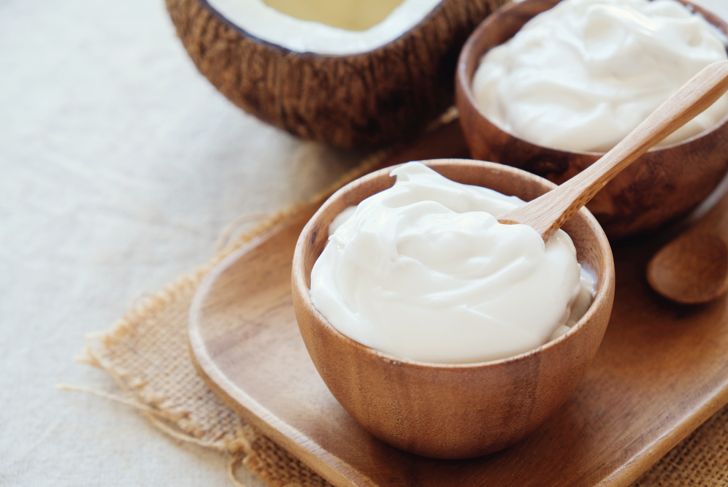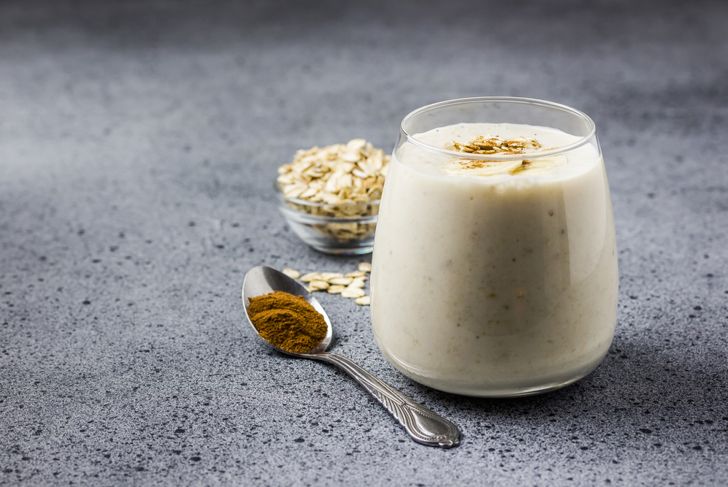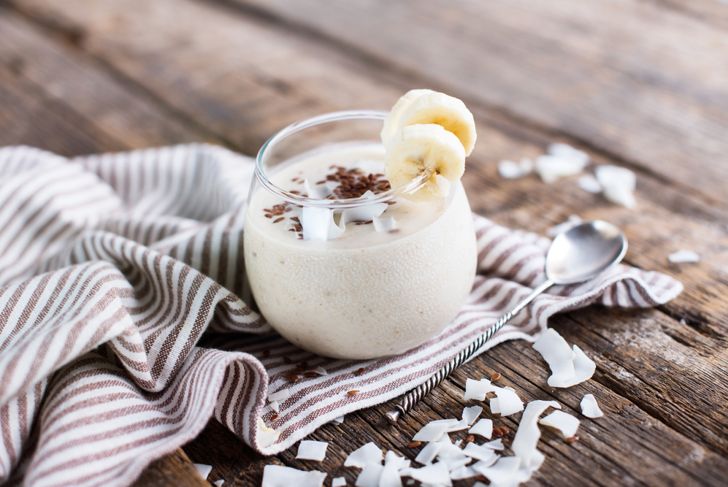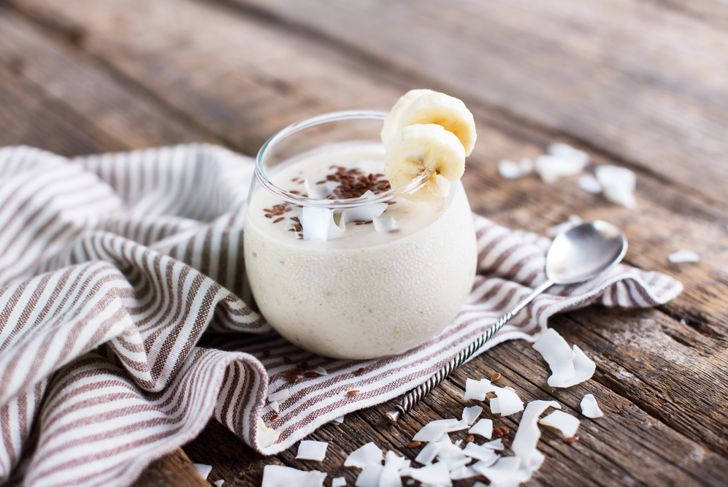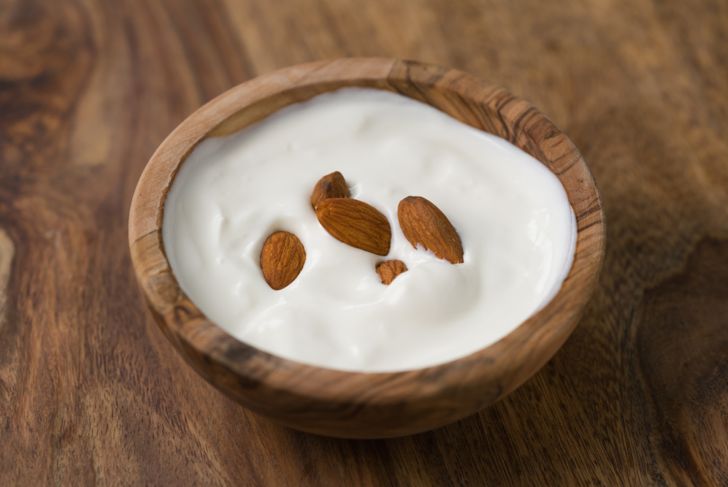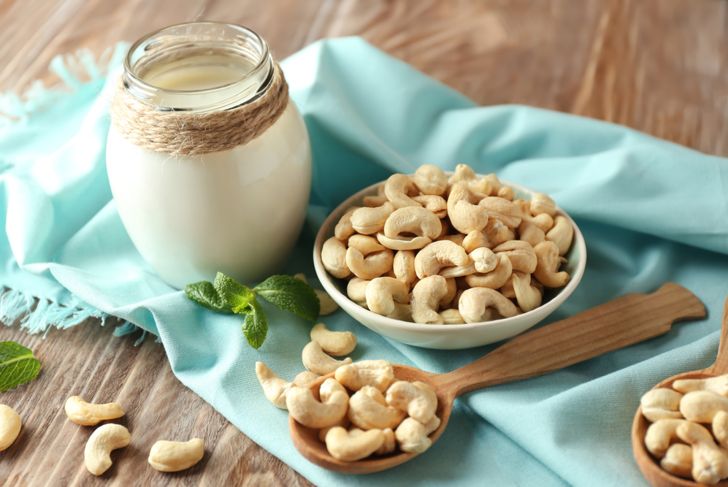Whether you’re lactose intolerant, vegan, or simply looking to change up your snack habits, non-dairy yogurts can be a tasty and healthy addition to any diet. They compete with cow’s milk nutritionally, while providing a range of new flavors and textures. Plus, some offer benefits that dairy yogurts simply cannot boast.
Benefits
Perhaps the clearest benefit of non-dairy yogurts over traditional yogurts is their accessibility for people with lactose intolerance. Dairy-free yogurts also tend to be much lower in saturated fat and cholesterol. Protein-wise, eight ounces of whole milk yogurt usually contains about eight grams of protein, while dairy-free options frequently offer over 10 grams.
Downsides
While dairy-free yogurts are often healthy choices, they do have a few notable downsides. Primarily, the lack of milk in plant-based yogurts can lead to low calcium and vitamin D. Some brands supplement their yogurts with these nutrients to make up for the loss, but it is not an industry standard. Non-dairy yogurts also tend to have emulsifiers and thickeners to help the ingredients reach a traditional yogurt consistency. These additives are usually benign, but people wanting to live more “naturally” may avoid foods that contain them.
Creating Dairy-Free Yogurt
The process for creating non-dairy yogurts is almost identical to the process for creating milk yogurts. It begins with heating the milk substitute and allowing it to thicken to the ideal consistency. The yogurt must then cool to around 110 F. At this point, live and active cultures go in that prompt the yogurt to ferment for many hours. Once the yogurt has fermented, it is ready for additional additives, like sugar or fruit.
Bacteria Cultures
Bacteria cultures are necessary to transform milk or a plant-based alternative into yogurt. They provide many benefits, including improved immune function and gut health. Every non-dairy yogurt supplier uses different bacteria cultures. Some use cultures that they grow on whey, a form of milk protein. Others choose bacterial strains that grew on vegetables to create a truly vegan yogurt.
Oat
Oat milk is one of the newer innovations in the non-dairy yogurt field. Some compare the taste of oat milk yogurt to the leftover milk after eating a bowl of shredded wheat cereal. Many people recommend mixing oat milk yogurt with granola and fruit to make the most of the oat flavor. Oat milk also provides fiber, unlike most non-dairy yogurts.
Soy
Out of all the milk alternatives, soy yogurt has the potential to deliver the most protein. Plus, it is usually extremely similar to traditional yogurt in taste, consistency, and nutrition. However, it can still have a slightly bean-like soy flavor if fresh soy milk is used. As one of the most proven milk substitutes, soy is widely available and easiest to find.
Flaxseed
Another option for people who want more protein in their yogurt is flaxseed yogurt. Flax milk has a faint nut or seed-like flavor that may be present in the yogurt, as well. This option is a great choice for people who have nut allergies and also avoid milk. Plus, it is also a good source of omega-3s, which are not typically available in other dairy-free yogurts.
Almond
For people who are struggling to pick a non-dairy yogurt, almond milk yogurt is a great choice. It provides more fiber than most other options, with the exception of oat. Almond milk yogurt is also a good source of protein. Some brands choose to mimic traditional yogurt’s creaminess, while others embrace almond milk’s more watery texture.
Cashew
Cashew milk, and by extension cashew yogurt, is much lower in protein than other nut products. However, both are naturally rich in vitamin D and calcium, making them the most nutritionally similar to cow’s milk. Cashew yogurt can have a faint taste of cashews, which makes it pair well with oats, bananas, and mangoes. This is one of the less commercially available types of dairy-free yogurt.
Coconut
Coconut yogurts are typically available in two forms. Some companies use cultured coconut cream, which creates a thick, decadent, and delicious yogurt that is also much higher in fat. Coconut milk yogurts are healthier, but not quite as creamy. Most coconut yogurts are also lacking in other nutrients, so companies usually add in extra ingredients for greater nutritional value.

 Home
Home Health
Health Diet & Nutrition
Diet & Nutrition Living Well
Living Well More
More

